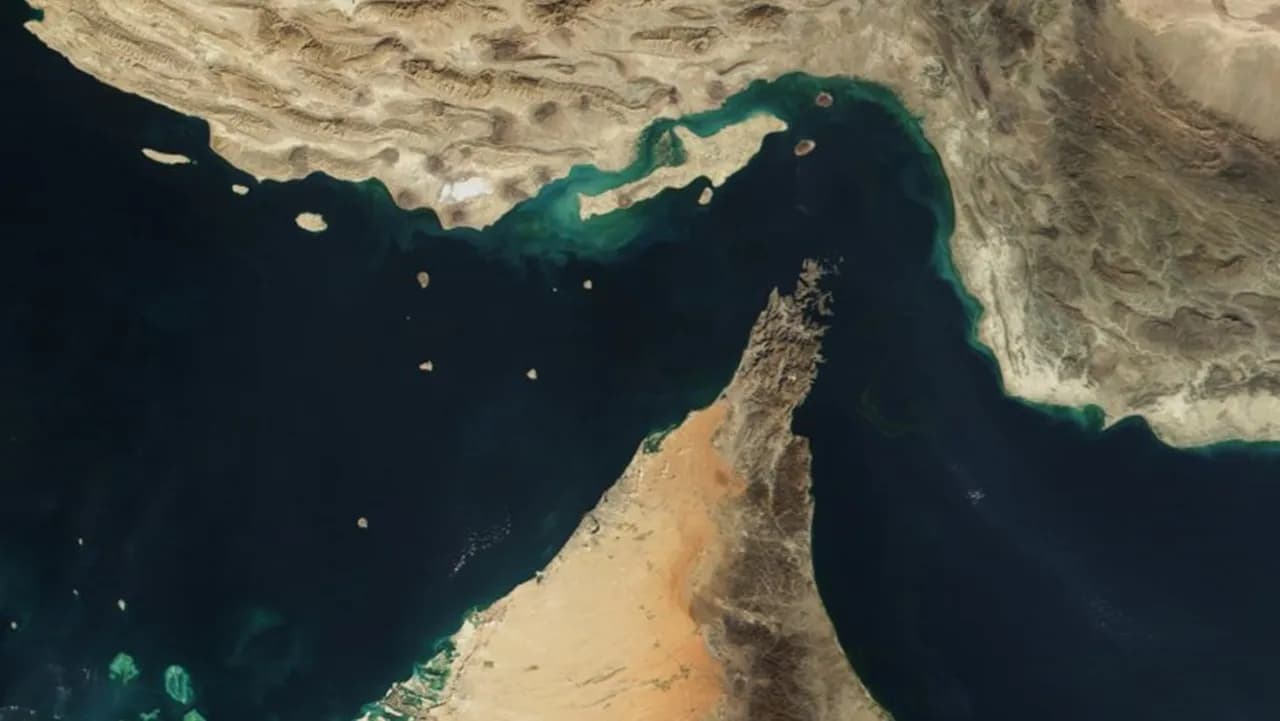As tensions escalate between Israel and Iran, with missile exchanges reported on June 16, 2025, the Strait of Hormuz—a critical waterway between Iran and Oman—has emerged as a global concern. Located between the Persian Gulf and the Gulf of Oman, this 21-mile-wide chokepoint handles over 40% of India’s crude oil and half its LNG imports. Iran’s threats to disrupt the strait, voiced by an Iranian lawmaker on Al Jazeera, could spike oil prices and disrupt India’s energy supply, impacting its economy. India is countering this by exploring alternative routes, such as West African sources, as confirmed by oil ministry officials.
In This Article:
Strategic Importance of the Strait
The Strait of Hormuz is the world’s most vital oil transit chokepoint, with 20 million barrels of crude and refined products passing daily, per the US Energy Information Administration. India, importing 85% of its oil, relies heavily on Gulf nations like Iraq, Saudi Arabia, and the UAE, all dependent on this route. A disruption, even temporary, could increase Brent crude prices to $120 per barrel, per JPMorgan, fueling inflation and straining India’s fiscal balance. Posts on X highlight public concern, with one user noting, “80% of India’s oil comes through Hormuz. A closure would hit every Indian’s pocket.”
Impact of Israel-Iran Tensions
Israel’s June 2025 strikes on Iran’s nuclear and oil facilities, followed by Iran’s retaliatory missile attacks, have heightened fears of a blockade. Iran’s IRGC has the capability—naval mines, speedboat swarms, and anti-ship missiles—to disrupt shipping, though analysts like Ellen Wald argue a full closure is unlikely due to Iran’s own reliance on the strait for 65% of its revenue. Past incidents, like the 2019 ship attacks near Fujairah, show Iran’s willingness to apply pressure. India’s advisory urging nationals to leave Tehran reflects the escalating risks.
India’s Contingency Measures
India maintains 74 days of oil reserves, with 9.5 days in strategic storage, per the Times of India. Oil Minister Hardeep Singh Puri assured supplies for three months, but a prolonged crisis could increase shipping costs and insurance premiums by 40-60%, as seen in the Red Sea crisis. Indian refiners are exploring West African sources, though global competition could limit options. This mirrors Ollywood’s push for self-reliance amid external pressures.
Economic and Cultural Stakes
A disrupted strait could raise fuel prices, impacting Indian households and industries like aviation and textiles. Like Munawar Faruqui’s First Copy reflecting 1990s piracy struggles, India’s energy security hinges on navigating global challenges. Diplomacy, led by S. Jaishankar, aims to de-escalate tensions, ensuring the strait remains open.
-By Manoj H




